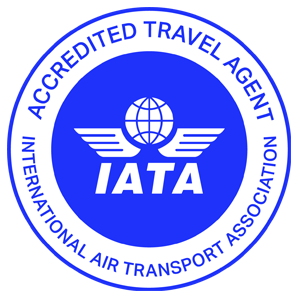Checked baggage
The weight limit for checked baggage is usually based on the local regulations of the destination country, combined with regulations formulated by the carrier airline.
Generally speaking, the baggage allowance for passengers in business class and first class is relatively large, and additional weight is considered as a service item included in the cabin price. Airlines have full control over such baggage allowance.
As for economy class passengers, airlines around the world currently use one of the following two units of measurement for checked baggage:
- Number of items system
Airlines with checked baggage weight limits based on the number of pieces generally limit each piece of baggage to 23 kilograms. If the baggage exceeds the weight limit before takeoff, it is allowed to purchase an additional piece of baggage.
Airlines that use such standards include EgyptAir, KLM Royal Dutch Airlines, Aeroflot, Finnair, etc.
- Kilogram system
Airlines do not provide a limit on the number of packages as long as the total weight does not exceed the limit in kilograms. Generally, economy class is 20 kilograms, and some airlines default to a weight range of 23 kilograms to 30 kilograms. The limit in kilograms may vary slightly depending on the destination country.
Companies that use such standards include Air China, Cathay Pacific, and Hainan Airlines.
Transferring checked baggage
In general, international air transfers almost do not require passengers to pick up their luggage themselves. The check-in service will automatically check their luggage to the destination. However, for international flights transferring to Chinese airports and flying to Chinese cities (except for Hong Kong and Taiwans international airports), passengers need to re check their luggage to the domestic segment.
When there is a conflict between the baggage weight limit for international and domestic flights, the strictest baggage weight limit standard shall prevail.
Carry-on
Boarding luggage (hand luggage) is the luggage that you can carry on board. Please note that your hand luggage will be scanned by customs during security checks.
The International Air Transport Association (IATA) specifies an international boarding luggage size of 56cm * 45cm * 25cm. There is generally no strict weight limit for boarding luggage, but the default weight for international flights is 10-12 kilograms (including your laptop and other electronic devices).
For other special boarding luggage, such as musical instruments and medical equipment, you need to consult customer service to inquire about the corresponding regulations of your flight.
Special regulations for carrying liquid items on board
Liquid items contain
-All beverages, including: water, coffee, fruit juice syrup, etc
-Cosmetics and toiletries, including: face cream, lotion/oil, perfume, eye black and lipstick
-Spray, including shaving cream, hair gel and spray deodorant
-Ointment, including toothpaste
-Gel, containing hair gel and body wash
-Related products for contact lenses
-Items with properties equivalent to the above solutions
If you need to use certain liquids during the flight, you need to pay attention to the capacity of the boarding liquids
-Each item should not exceed 100 milliliters
-Liquid items must be placed centrally in a transparent, resealable plastic bag
-The capacity of this plastic bag cannot exceed 1 liter, and the size is approximately 20 centimeters by 20 centimeters
-Plastic bags must be able to be sealed, so liquid containers cannot be placed without limits
-Each passenger is only allowed to carry one such plastic bag
-When checking carry on luggage, plastic bags containing liquid items must be presented separately
-Any liquid container with a capacity exceeding 100 milliliters (excluding essential drugs) will not be allowed to pass through, even if the container contains less than 100 milliliters of liquid.




























